Dystonia, a neurological movement disorder characterized by involuntary muscle contractions, has long posed a significant challenge for patients and healthcare providers in India. With an estimated prevalence of 30-50 cases per 100,000 individuals, this condition, though relatively rare, deeply impacts the lives of those affected. In recent years, India has made strides in improving awareness, diagnosis, and treatment of dystonia, but there remains much to be done.
Raising Awareness
One of the critical challenges in dealing with dystonia in India has been the lack of awareness among both the public and healthcare professionals. Many cases go undiagnosed or misdiagnosed due to limited knowledge about the disorder, even among neurologists. Organizations like the Dystonia Society of India and the Neurological Society of India have been working to change this narrative by conducting awareness campaigns and workshops. These initiatives aim to educate the public and train medical professionals to identify and manage the condition effectively.
Advancements in Diagnosis
Access to advanced diagnostic tools has improved significantly in urban centers. Magnetic Resonance Imaging (MRI) and genetic testing are now more readily available, aiding in the accurate identification of various forms of dystonia. However, rural areas still face a gap in diagnostic facilities, underscoring the need for better healthcare infrastructure across the country.
Treatment Options
India has made progress in offering treatment options for dystonia, including botulinum toxin injections, oral medications, and physical therapy. Additionally, Deep Brain Stimulation (DBS), a surgical procedure that has shown promise in managing severe cases of dystonia, is now being performed in specialized hospitals in metropolitan areas. However, the high cost of DBS and other treatments often places them out of reach for many patients.
To address this, government programs and insurance schemes like Ayushman Bharat are beginning to cover neurological treatments, providing some financial relief to patients. Efforts to include dystonia in the list of disabilities recognized under the Rights of Persons with Disabilities Act, 2016, have also been a step forward in ensuring access to benefits and support.
Community Support and Rehabilitation
Support groups and rehabilitation programs are playing a vital role in the lives of dystonia patients. Non-governmental organizations (NGOs) and patient advocacy groups have been instrumental in creating safe spaces for individuals to share their experiences, seek advice, and access therapies such as yoga, occupational therapy, and counseling. These initiatives help improve the quality of life for patients and their families.
Challenges and the Road Ahead
Despite these advancements, several challenges persist. Awareness remains low, particularly in rural areas, and the stigma associated with movement disorders often prevents individuals from seeking timely medical attention. Additionally, there is a need for more trained specialists and an equitable distribution of healthcare resources.
To address these gaps, experts emphasize the importance of:
- Expanding outreach programs to educate communities and healthcare workers.
- Enhancing affordability and accessibility of advanced treatments through subsidies and public-private partnerships.
- Investing in research to better understand the causes and potential cures for dystonia.
- Promoting inclusion and reducing stigma through nationwide campaigns and policies.
Conclusion
India is gradually making progress in addressing the needs of individuals with dystonia. While the journey ahead is long, the collective efforts of healthcare providers, government bodies, NGOs, and patient communities offer hope for a better future. By continuing to build on these initiatives, India can ensure that every dystonia patient receives the care and support they deserve.


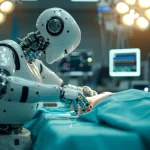
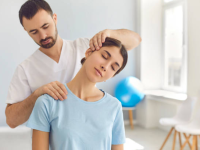
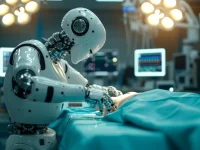
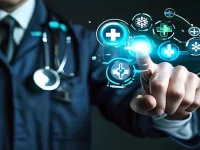
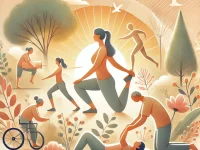
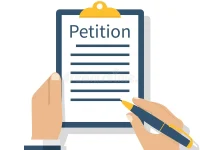


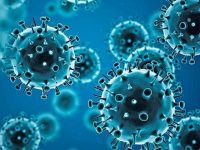
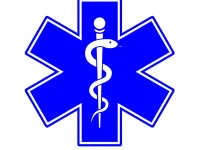
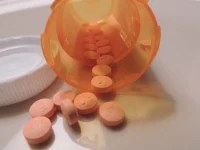
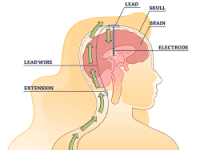
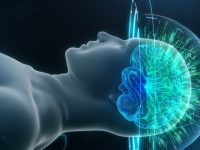

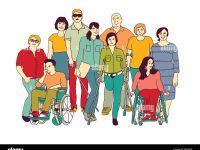

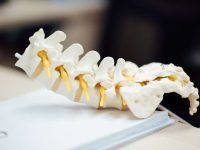
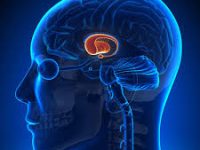
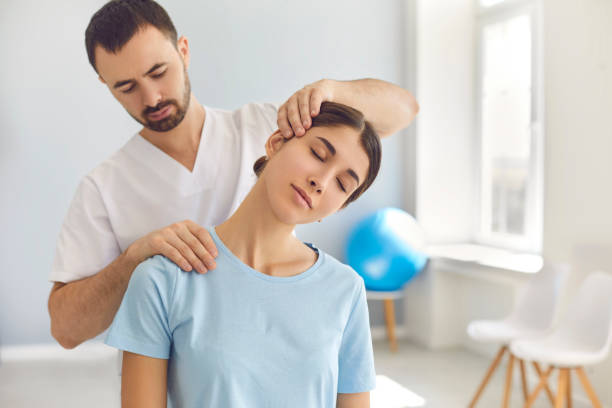
0 Comments